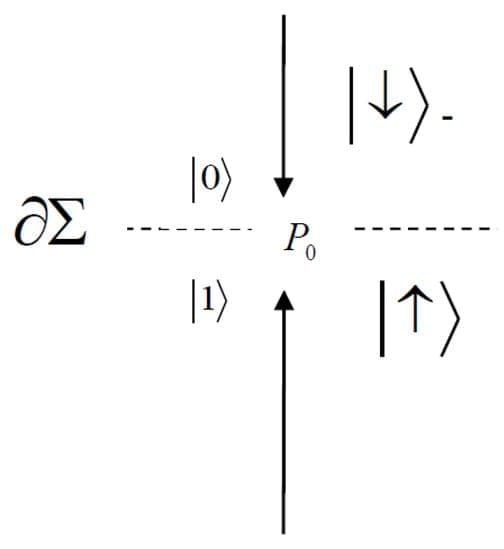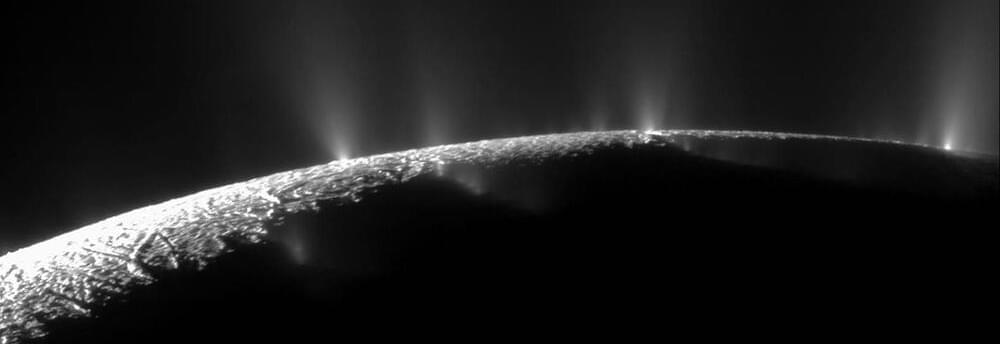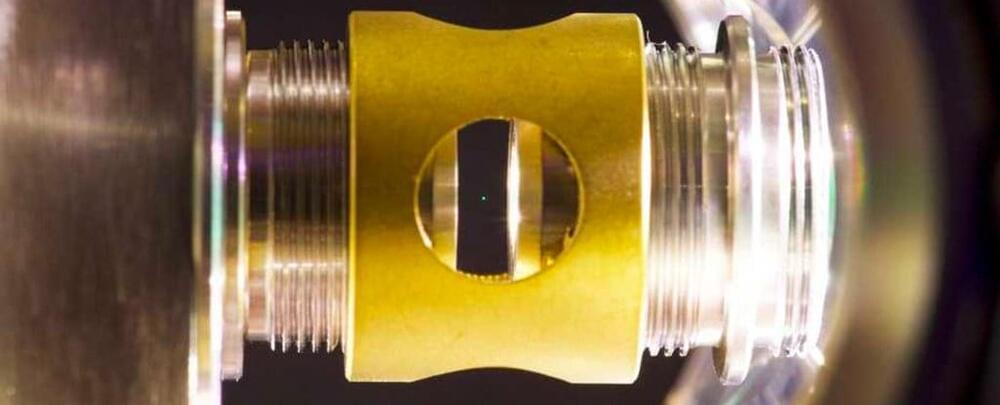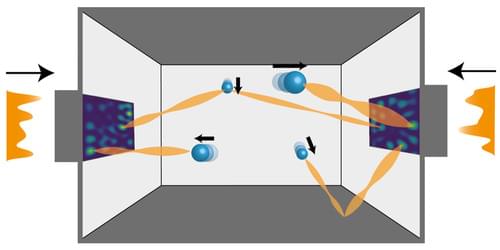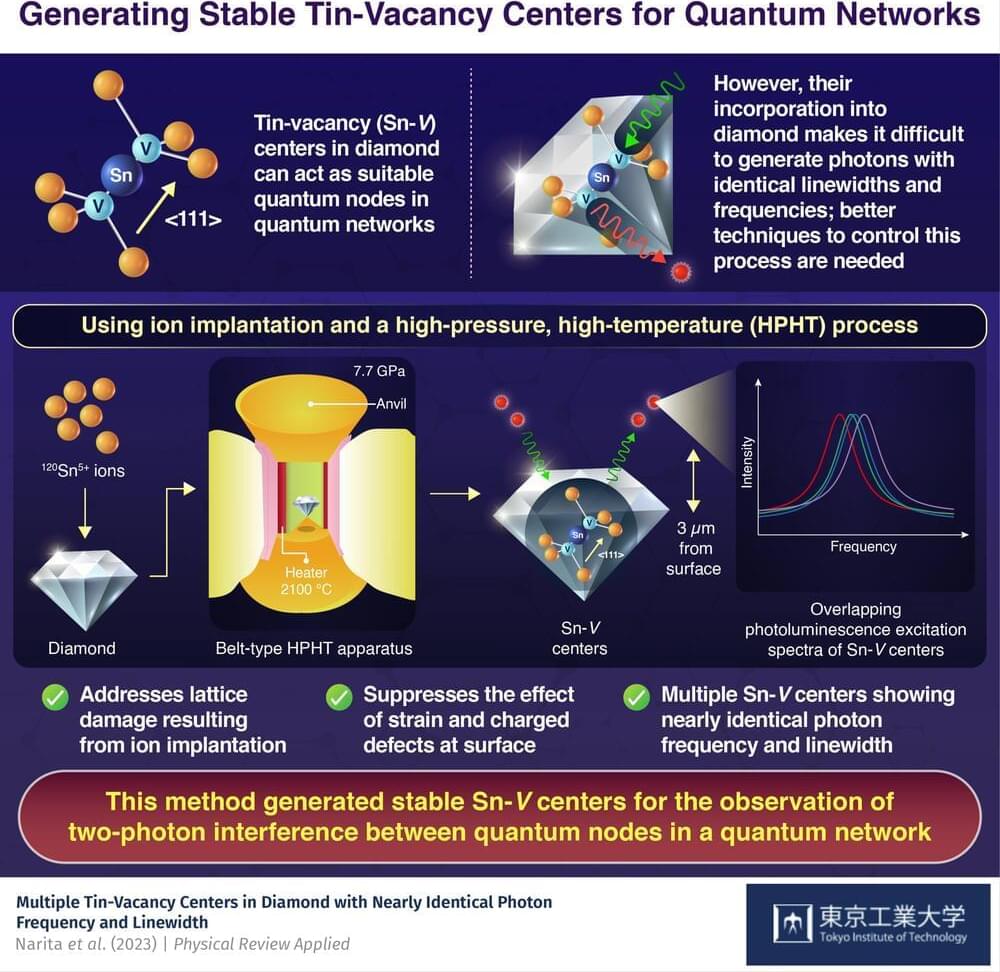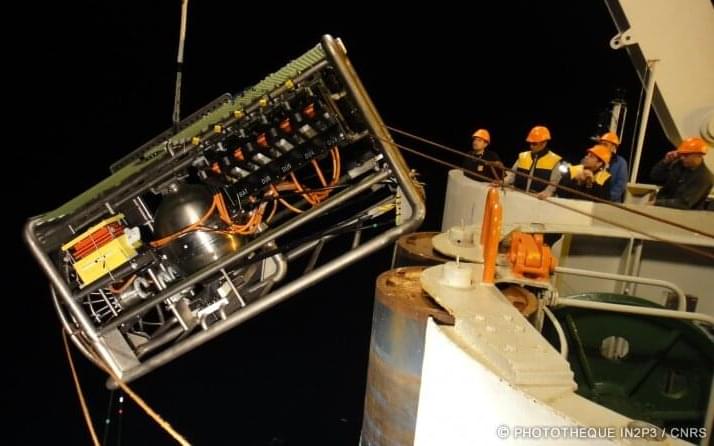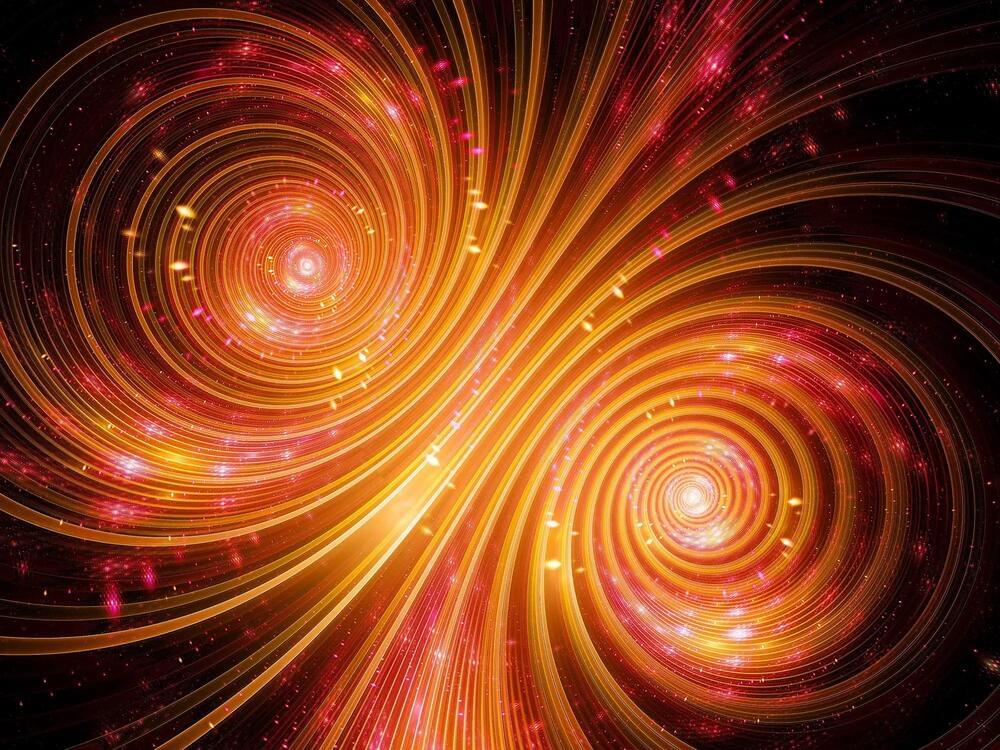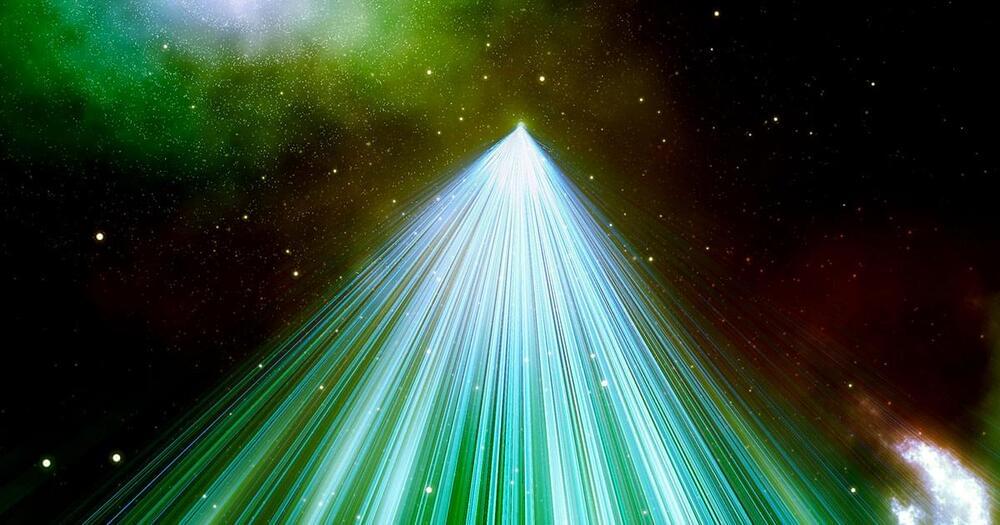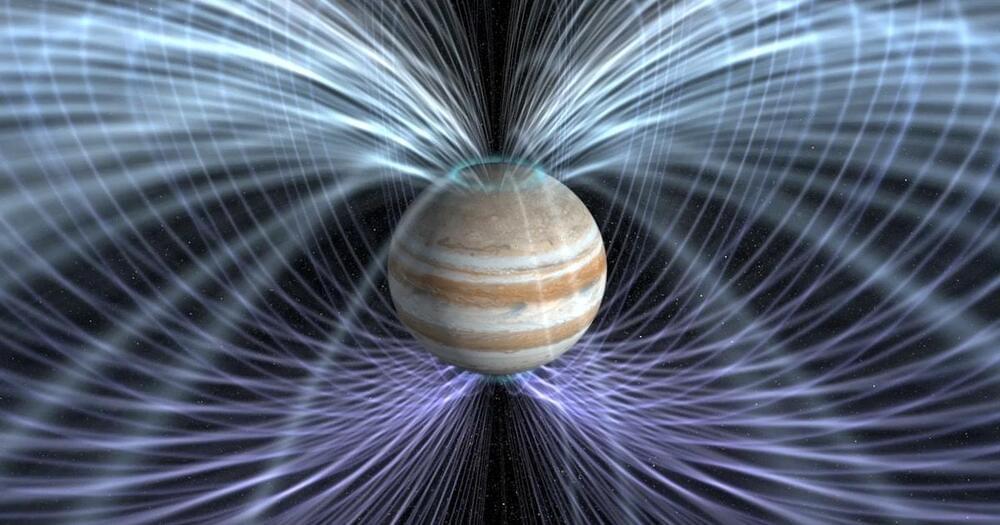Feb 27, 2023
Quantum Holography from Fermion Fields
Posted by Quinn Sena in categories: particle physics, quantum physics
Year 2021 face_with_colon_three
In this paper, we demonstrate, in the context of Loop Quantum Gravity, the Quantum Holographic Principle, according to which the area of the boundary surface enclosing a region of space encodes a qubit per Planck unit. To this aim, we introduce fermion fields in the bulk, whose boundary surface is the two-dimensional sphere. The doubling of the fermionic degrees of freedom and the use of the Bogolyubov transformations lead to pairs of the spin network’s edges piercing the boundary surface with double punctures, giving rise to pixels of area encoding a qubit. The proof is also valid in the case of a fuzzy sphere.
